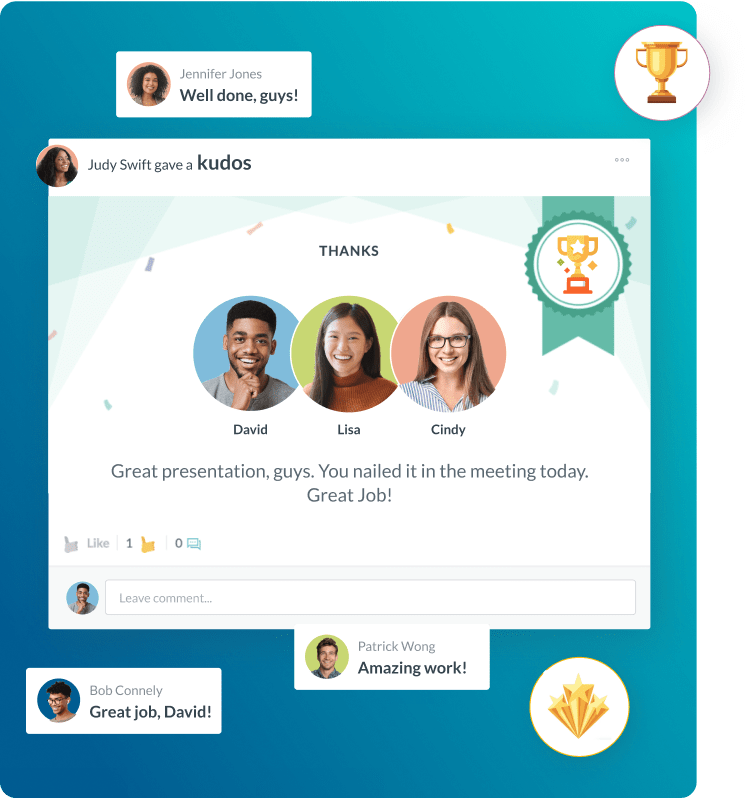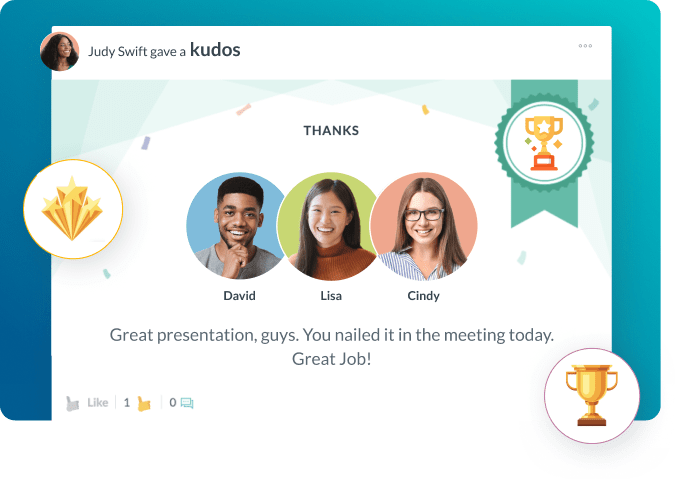Employee Check-Ins
- Key Takeaways on Effective Employee Check-Ins
- Defining Employee Check-Ins and Their Business Relevance
- The Value Proposition: Check-Ins vs. Traditional Annual Reviews
- Best Practices for Effective Employee Check-Ins
- Pitfalls to Avoid in the Check-In Process
- Industry Applications of Continuous Performance Check-Ins
- Implementation Plan: Applying the Employee Check-In Concept
- Future Outlook and Emerging Trends in Check-Ins
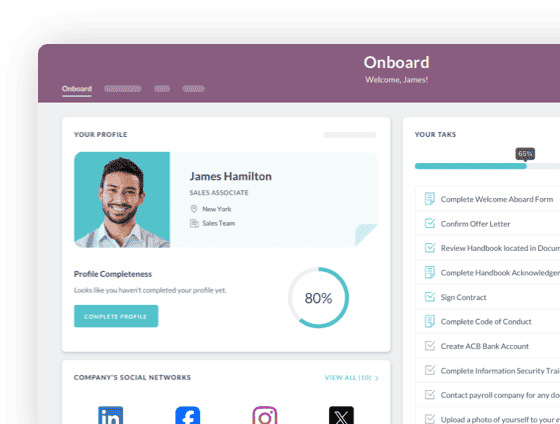
 Cut onboarding time
by 60%—here's the
Ultimate Checklist
that helped do it.
Cut onboarding time
by 60%—here's the
Ultimate Checklist
that helped do it.
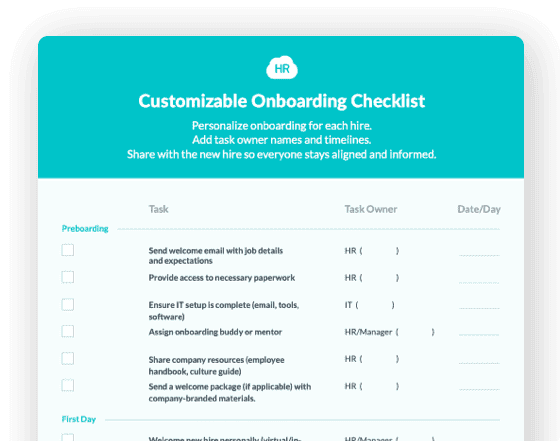
Employee check-ins are now vital for modern talent management. They replace the old, outdated annual performance review cycle. Business leaders must understand and use effective check-ins. This is not just an HR trend. It is key to improving workforce engagement, performance management, and talent retention. A strong check-in process helps your company keep employees engaged, productive, and flexible. These workers are ready to meet strategic goals. When done right, these regular, informal talks change performance from a past judgment to a forward-looking coaching session. This guide explains why these talks are essential today. It also provides a practical guide to start them.
Key Takeaways on Effective Employee Check-Ins
For business leaders looking to maximize their human capital investment, here are the main points about why shifting to a continuous performance conversation model is essential:
Fosters Agility:
Regular check-ins quickly show roadblocks. They let you make course corrections faster. This aligns employee efforts with fast-changing business needs. This agility is key for modern companies. It helps them operate well in dynamic markets, as detailed in our guide on adapting performance management to remote work.
Boosts Engagement:
Employees feel more valued. They feel more connected when their manager gives them time for a focused, two-way dialogue. This consistent communication directly leads to higher employee morale and job satisfaction.
Improves Coaching:
Check-ins change the manager’s role. They shift it from a judge to a coach. Managers get timely chances to give specific, useful feedback. This feedback helps employees develop new skills and perform their best. This is a core part of effective manager enablement.
Strengthens Relationships:
Frequent, open communication builds trust. It creates a good working relationship between managers and their team. This is a key part of a positive company culture.
Simplifies Goal Alignment:
Check-ins make sure individual goals link to the larger company strategy. These goals, sometimes referred to as OKRs (Objectives and Key Results), stay on track.
Defining Employee Check-Ins and Their Business Relevance
Employee check-ins are regular, scheduled, and focused talks between a manager and an employee. They are typically shorter and less formal than the high-stakes annual review. They happen often—weekly, biweekly, or monthly. They provide continuous feedback loops. They replace the backward-looking annual performance review. They start a forward-looking talk focused on current work, goal progress, needed resources, and development.
A continuous check-in strategy helps your business. It improves productivity and lowers staff turnover. Research from Gallup consistently shows this fact. Companies with highly engaged employees report much higher profits and productivity. Quality check-ins often create this engagement. The main job of a check-in is to give real-time coaching and support. Managers use this time to ask about challenges and remove obstacles. They celebrate small wins. They make sure the employee feels supported. This proactive approach stops small issues from becoming big problems. Shifting to a development-focused talk shows a smart HR strategy. It moves the focus away from judging past work. It focuses on preparing the employee for future success.
The Value Proposition: Check-Ins vs. Traditional Annual Reviews
The table below clearly shows why business leaders are moving away from the rigid annual review. They are moving toward a more agile, continuous employee check-in model. These differences show a basic change in how companies approach talent development and performance calibration.
|
Feature |
Employee Check-Ins (Continuous Model) |
Traditional Annual Review |
|
Frequency |
Weekly, Biweekly, or Monthly |
Once per Year |
|
Focus |
Forward-looking, Goal Alignment, Coaching, Support |
Backward-looking, Evaluation of Past Performance |
|
Tone |
Collaborative, Coaching, Development-Oriented |
Judgmental, Evaluative, High-Stakes |
|
Goal |
Real-time course correction and skill building |
Documentation for compensation and termination |
|
Impact on Performance |
Sustained improvement through small, frequent adjustments |
Sporadic effort spikes followed by complacency |
|
Employee Experience |
Feeling supported and valued, higher engagement |
Stressful, defensive, often perceived as unfair |
Best Practices for Effective Employee Check-Ins
You must standardize the check-in process to get the full benefits. Set clear expectations for both managers and employees. Creating a system that everyone understands is key. This stops the new process from becoming another bureaucratic task. These tips help ensure quality and consistency in your continuous performance talks.
Standardize the Check-In Cadence, but Flex the Content:
Set a required minimum frequency. For example, mandate a check-in every two weeks. This ensures consistency across the company. But keep the meeting content flexible. The discussion should fit the employee’s current needs. A good check-in covers goal progress, roadblocks, development needs, and open discussion time.
Prioritize Employee Ownership:
Train managers to start the talk with open-ended questions. Allow the employee to lead the discussion about their priorities and challenges. The check-in is mainly for the employee's benefit. It focuses on their growth and the resources they need. This approach increases accountability and self-direction. Managers must be good at running these open feedback sessions.
Separate Development from Compensation:
Focus the check-in only on coaching and development. Do not discuss salary or promotions. This helps you get an honest, open dialogue. When employees can talk about struggles without fearing financial loss, the talk gets much better. Use a separate process for salary reviews. Make sure your overall HR technology stack supports this separation.
Document Key Takeaways, Not Every Word:
Managers must briefly write down the main discussion points. They must note action items and next steps in a centralized system. This documentation is for continuity, not for a detailed performance score. The focus should be on summarizing commitments and tracking progress. Tools that simplify this documentation are essential.
Train Managers on Active Listening and Coaching Skills:
The check-in works best when the manager listens more than they speak. Provide formal training on asking strong questions and giving constructive feedback. Train managers to shift from a telling style to a coaching style. This is critical for improving overall people management capabilities.
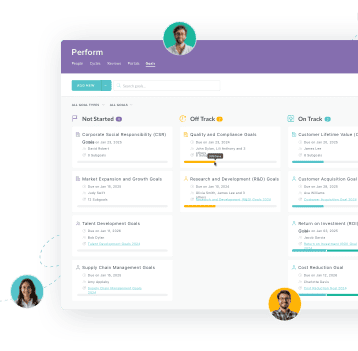
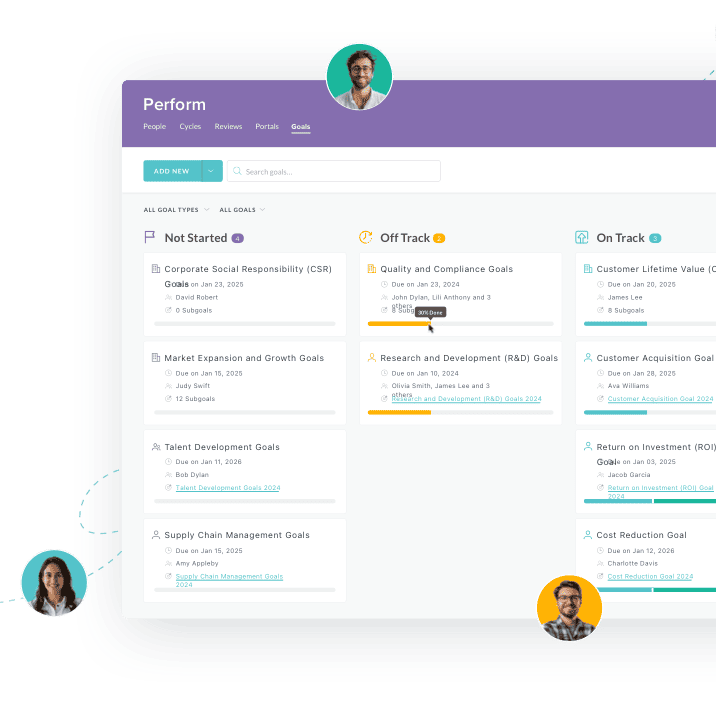
Pitfalls to Avoid in the Check-In Process
Moving to frequent check-ins has major benefits. But companies must avoid common mistakes. These mistakes can hurt the process and cause frustration. A failed check-in system can be worse than having none at all. It causes cynicism and wastes time.
Allowing Check-Ins to Become Status Updates:
The most common mistake is letting the check-in become just a list of finished tasks. If the meeting is only a report of what was done, it offers no coaching or development value. Managers must guide the talk toward future goals, challenges, and skill development.
The "Set It and Forget It" Trap:
Do not just implement a new tool or policy. You must train managers and hold them accountable for check-in quality and frequency. If you fail to do this, the process will fail. Leaders must always stress the process's importance. They must regularly measure manager follow-through and employee satisfaction.
Lack of Manager Preparation:
A manager who comes to the check-in without reviewing past notes shows a lack of respect. It signals a lack of commitment. Managers must take time before the meeting to prepare discussion points. Lack of preparation wastes the employee’s time. It devalues the whole idea of a development talk.
Focusing Solely on Weaknesses:
Feedback is important. However, an effective check-in should balance criticism with recognition of strengths and wins. Too much focus on what is lacking can be demotivating. Managers should use the check-in to highlight professional growth and encourage the employee's unique talents.
Inconsistency Across the Organization:
The employee experience is unfair and inconsistent if one department does great check-ins and another ignores the process. HR must provide a central process and tools. This ensures all managers follow the core principles and frequency of the check-ins.
Industry Applications of Continuous Performance Check-Ins
Frequent employee check-ins work across almost every sector. They provide a flexible framework for managing different workforces and changing project needs. The application may look different by industry, but the core function of continuous coaching stays the same.
Technology and Software Development
These check-ins are essential for daily or weekly synchronization in fast sectors like software development. Projects here use agile methods. A check-in often focuses on removing technical dependencies. It discusses the immediate sprint's challenges. It also addresses any skill gaps in new programming languages. These short, focused talks keep high-velocity teams aligned with product roadmaps. The real-time feedback cycle matches the quick iteration cycles of software development. This provides a key way to course-correct before costly delays happen.
Healthcare and Patient Services
For healthcare providers, frequent performance talks are key. They help maintain high patient care standards. They ensure staff follow complex rules. Check-ins cover soft skills like empathy and teamwork. They also offer a private space to discuss burnout and stress. These are major issues in the healthcare sector. Addressing employee well-being leads to fewer medical errors and better patient outcomes. The check-in helps manage employee wellness and quality control in this high-stakes field.
Retail and Consumer Goods
In retail, seasonal shifts and customer demand drive constant change. Employee check-ins focus on sales goals, customer service skills, and company standards. For store managers, check-ins might be brief, on-the-floor coaching moments. These moments might relate to a specific customer interaction or a new promotional display. For corporate employees, the check-in ensures that marketing campaigns or supply chain logistics meet sales targets. They quickly gather ground-level intelligence on inventory or customer feedback. This ensures the frontline employee's view informs operational decisions.
Implementation Plan: Applying the Employee Check-In Concept
Moving from an annual review system to a continuous check-in model needs a structured, phase-by-phase plan. This is a cultural change, not just a policy change. It requires careful planning, clear communication, and the right HR software support.
Phase 1: Design and Policy Definition (Weeks 1-4)
Define the Purpose and Cadence: Clearly state why the company is moving to check-ins. Emphasize coaching and development. Set the required frequency (e.g., bi-weekly) and the expected duration (e.g., 15–30 minutes).
Develop a Simple Template: Create a standardized, short set of discussion questions for managers. These questions should cover goal progress, blockers, support needed, and development goals. This gives structure without making the process rigid.
Secure Technology Support: Choose an HR technology solution. It must provide a central place for managers to schedule, take simple notes, and track the completion rate of check-ins across the organization.
Phase 2: Training and Rollout (Weeks 5-8)
Mandatory Manager Training: Hold hands-on training for all managers on how to do the check-in. Focus heavily on active listening, coaching techniques, asking powerful questions, and giving balanced feedback. Stress that quality is more important than quantity.
Employee Communication: Clearly tell the entire staff about the change. Explain the benefits to them: more support, clearer expectations, and more frequent career development talks.
Pilot Program Launch: Start the check-in process with a small, diverse group or one department for four weeks. Get detailed feedback from both managers and employees.
Phase 3: Integration and Auditing (Months 3-6)
Company-Wide Rollout: Refine the template and process based on pilot feedback. Then launch the program company-wide.
Integrate Check-Ins with Goal Setting: Make sure the check-in process is directly linked to how performance goals or OKRs are set and tracked. The check-in should be the tool for reviewing goal progress.
Audit and Calibration: HR should regularly check the system usage to ensure compliance. Run quick surveys to measure manager and employee satisfaction with the quality of the talks. Fix any inconsistency through targeted retraining for managers.
Future Outlook and Emerging Trends in Check-Ins
The future of employee check-ins depends on better HR technology and the continued shift to hybrid work. Business leaders should know about these trends. They need to protect their talent management strategy in the future. The era of "always-on" feedback is changing to smarter, more empathetic systems.
Integration with AI and Predictive Analytics
AI tools will support future check-in systems. AI will check data from different sources. This includes project rates, communication, and sentiment from internal talks. AI will give managers "nudges." These nudges will warn managers when an employee might risk burnout or low engagement. This suggests a timely check-in or a certain coaching topic. This proactive, data-driven method changes the check-in. It moves it from a scheduled meeting to a targeted, personal intervention.
Focus on Holistic Well-being and Inclusion
The scope of the employee check-in is getting wider. It is moving past just tasks and goals. It now includes talks about total employee well-being and psychological safety. In the future, check-ins will regularly include questions about work-life balance and mental health. They will ask if the employee feels they belong and can be their true self. For business leaders, the check-in will become a key tool for managing Diversity, Equity, and Inclusion (DEI) efforts. It will ensure all voices are heard. It will help the company create a truly inclusive environment. This focus ensures the company meets the growing needs of the modern workforce.
Keep Reading
The Hidden Metrics of Frontline Success: Beyond Engagement Scores
Embracing Diversity: Recognizing Different Cultures in the Workplace
Workplaces today reflect the incredible diversity of the world around us. People bring
From Manual to Automated: A Complete Guide to Digitizing Employee Onboarding for Large Organizations
Sarah Chen, Director of HR at a 7,000-employee healthcare organization, starts her Monday
Ready to streamline your onboarding process?
Book a demo today and see how HR Cloud can help you create an exceptional experience for your new employees.






